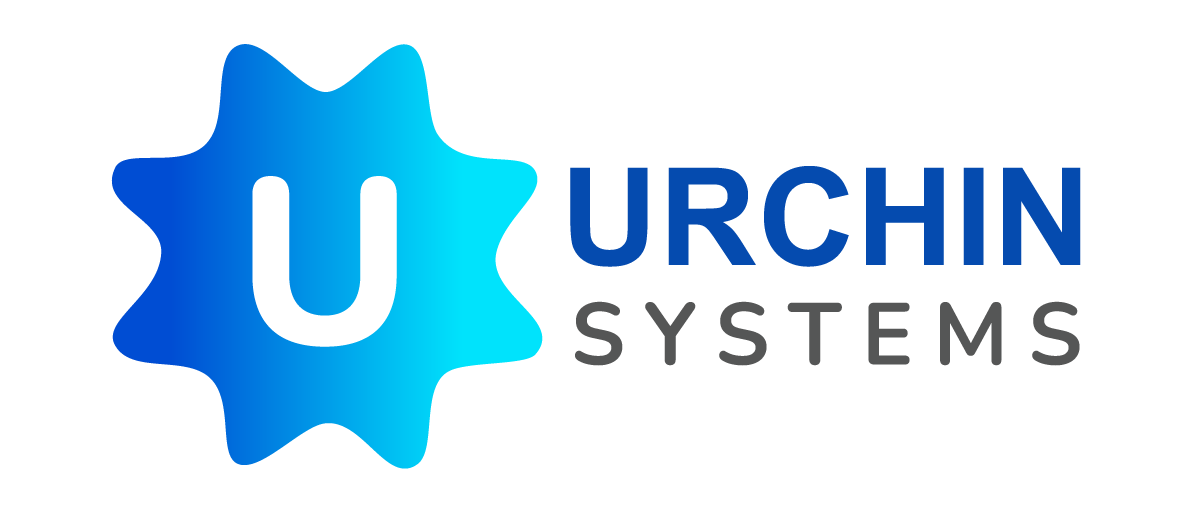Ever feel like your business is stuck in a rut, bogged down by endless paperwork and repetitive tasks? You’re not alone. Many businesses struggle with inefficiency, but there’s a solution: Business Process Automation (BPA). Think of BPA as your trusty sidekick—a robot that handles all the tedious, repetitive tasks like data entry or invoice processing, freeing you up to focus on what really matters: growing your business and keeping your customers happy.
So, what’s the deal with BPA? At its core, it’s about using technology to streamline those manual, time-consuming processes that eat up your day. Whether it’s sorting through customer inquiries, onboarding new hires, or managing financial paperwork, BPA takes the grunt work off your plate. The result? A leaner, more efficient operation that’s ready to scale and adapt. Let’s break it down and see how it can transform your business.
What are Business Process Automation Solutions?
In simple terms, BPA is like giving your business a superpower. It uses software and tools to automate repetitive tasks—think data entry, invoice approvals, or even scheduling—so your team isn’t bogged down by the mundane. It’s not about replacing people; it’s about empowering them to do more meaningful work. By handing over the routine stuff to technology, you’re setting the stage for greater efficiency, fewer mistakes, and a business that can grow without breaking a sweat.
Key Benefits of BPA
BPA isn’t just a buzzword—it delivers real, tangible value. Here’s how it can make a difference for your business:
1. Enhanced Operational Efficiency
Time is money, right? Automating routine tasks slashes the time it takes to get things done. Imagine invoice processing that once took hours now happening in minutes. That’s not just a time-saver—it’s a game-changer. A McKinsey study found that companies using BPA can cut operational costs by up to 30%. Plus, it frees your team to tackle bigger, strategic goals—like building relationships or brainstorming new ideas—rather than drowning in paperwork.
2. Cost Reduction
Let’s talk dollars and cents. By cutting down on manual work, BPA reduces labor costs and eliminates those pesky, expensive errors that come with human oversight. Take Company X, a mid-sized retailer that automated its invoicing. Within six months, they saw a 50% boost in cash flow simply because payments were processed faster and errors were caught early. Over time, these savings add up, giving your bottom line a healthy lift.
3. Improved Accuracy and Compliance
Humans make mistakes—it’s a fact of life. But those mistakes can lead to compliance headaches or costly financial slip-ups. BPA brings consistency and precision to the table, which is a lifesaver in regulated industries like healthcare or finance. For example, automating patient billing or financial reporting ensures everything’s spot-on and audit-ready, reducing the risk of penalties and keeping you on the right side of the law.
4. Scalability
Growth is exciting, but it can also strain your operations if you’re relying on manual processes. BPA lets you scale up without the chaos. Say you’re an e-commerce business facing a holiday rush—automation can handle a flood of orders without you needing to hire a small army. It’s like having an elastic workforce that expands effortlessly to meet demand, no matter how big your business gets.
5. Enhanced Customer Experience
Happy customers are loyal customers. BPA speeds up response times and ensures consistent service, which keeps your clients smiling. Picture this: a chatbot handles routine inquiries instantly, leaving your team free to solve trickier problems. Forrester reports that businesses using BPA see a 20% jump in customer satisfaction. That’s not just good service—it’s a competitive edge.
Beyond these core perks, BPA also boosts employee morale. No one loves slogging through repetitive tasks—automating them lets your team focus on work that matters, which can improve job satisfaction and retention. And in a global market, where every advantage counts, BPA helps you streamline operations, cut costs, and stay ahead of the pack.

Implementing BPA: Best Practices
Ready to bring BPA into your business? You don’t need a tech degree to make it happen. Here’s a practical roadmap to get started:
1. Identify Processes for Automation
Start by taking a hard look at your workflows. Which tasks eat up time, repeat endlessly, or trip over human error? Maybe it’s data entry, order processing, or payroll. Map these out and prioritize the ones that’ll deliver the biggest bang for your buck—think high-impact areas like customer service or cash flow. A good rule of thumb: if it’s repetitive and predictable, it’s ripe for automation.
2. Choose the Right Tools
Not all BPA tools are created equal. Pick ones that fit your needs and play nicely with your existing systems. Look for user-friendly options that can grow with you—scalability is key. Tools like UiPath, Automation Anywhere, or Blue Prism are popular for a reason, offering everything from simple task automation to full-on enterprise solutions. Do your homework, test a few, and find the perfect match.
3. Engage Stakeholders
Your team’s buy-in is crucial. Bring employees from different departments into the conversation early—they know the pain points better than anyone. Their input can shape smarter solutions, and involving them builds trust. Offer training to smooth the transition and show how BPA makes their lives easier, not obsolete. It’s all about collaboration, not top-down mandates.
4. Monitor and Optimize
Automation isn’t a “set it and forget it” deal. Once it’s running, keep an eye on how it’s performing. Use analytics to spot bottlenecks or areas for tweaks—maybe a process could run faster or handle more volume. Continuous improvement keeps your automation sharp and aligned with your goals, ensuring you’re always getting the most out of it.
Common Pitfalls and How to Avoid Them
Implementing BPA can be a game-changer, but it’s not without its challenges. Here are some common pitfalls to watch out for and how to sidestep them:
1. Not Involving Employees
Your team knows the ins and outs of your processes better than anyone. Excluding them from the automation journey can lead to resistance and missed opportunities for improvement. Solution: Bring employees into the conversation early. Their insights can help you design better workflows, and their buy-in is crucial for smooth adoption.
2. Choosing the Wrong Tools
Not all BPA tools are the same, nor created equal. Picking one that doesn’t fit your needs or integrate with your systems can lead to frustration and wasted resources. Solution: Do your homework. Test tools, read reviews, and ensure they align with your business goals. Look for scalability and ease of use.
3. Trying to Automate Everything at Once
Ambition is great, but biting off more than you can chew can overwhelm your team and derail your project. Solution: Start small. Automate one process at a time, learn from it, and scale gradually. This approach builds confidence and minimizes disruption.
4. Ignoring Data Security
Automation often involves sensitive data. Overlooking security can lead to breaches and compliance issues. Solution: Prioritize security from the start. Use encryption, ensure compliance with regulations, and regularly audit your automated processes.
By being aware of these pitfalls and taking proactive steps to avoid them, you can set your BPA initiatives up for success.
Real-World Applications
BPA isn’t theoretical—it’s already making waves across industries. Here’s how:
- Finance: Automating expense reports or reconciliations cuts processing time and boosts accuracy. Matching invoices to purchase orders? Done in a flash.
- Human Resources: Onboarding new hires becomes a breeze with automated emails, account setups, and training schedules.
- Customer Service: AI chatbots tackle routine questions, letting agents focus on personalized support.
- Manufacturing: Inventory management gets a lift with real-time tracking and auto-reordering, dodging stockouts or overstock.
- Marketing: Email campaigns hit the right audience at the right time, driving engagement without manual effort.
The Future of BPA
The horizon for BPA is bright—and it’s getting smarter. Artificial Intelligence (AI) and Machine Learning (ML) are taking automation to new heights, adding predictive power to the mix. Imagine software that doesn’t just process data but anticipates customer needs—like suggesting products based on buying patterns. That’s where AI comes in, making BPA a strategic partner, not just a task-runner.
Low-code and no-code platforms are also shaking things up, letting non-techies build their own workflows. This democratization means small businesses can jump on the automation train without a big IT budget, speeding up digital transformation everywhere.
Conclusion
Making business process improvement isn’t just a nice-to-have—it’s a must for staying competitive. It’s about working smarter, not harder, by letting technology handle the routine so you can focus on growth and innovation. From slashing costs to delighting customers, the benefits are clear. So, why wait? Dive into BPA today and watch your business thrive.

